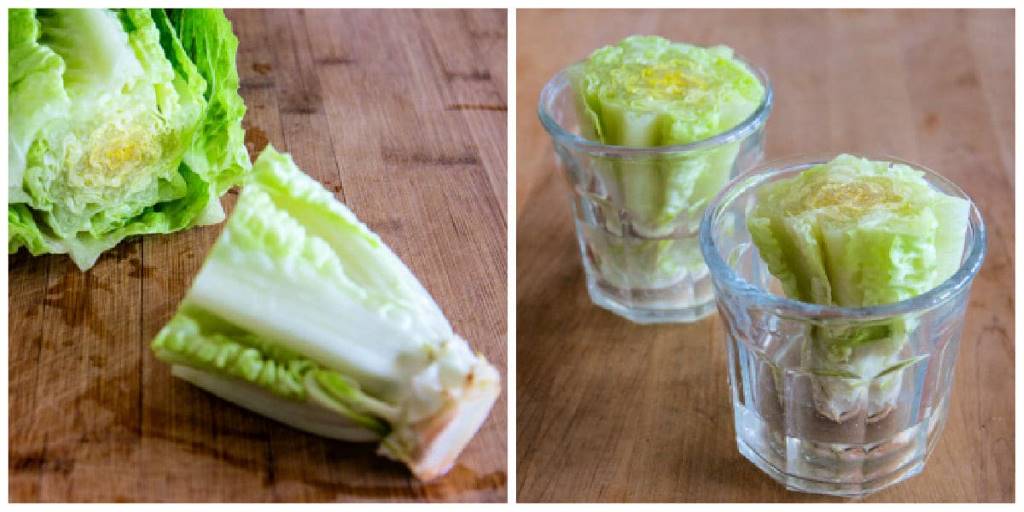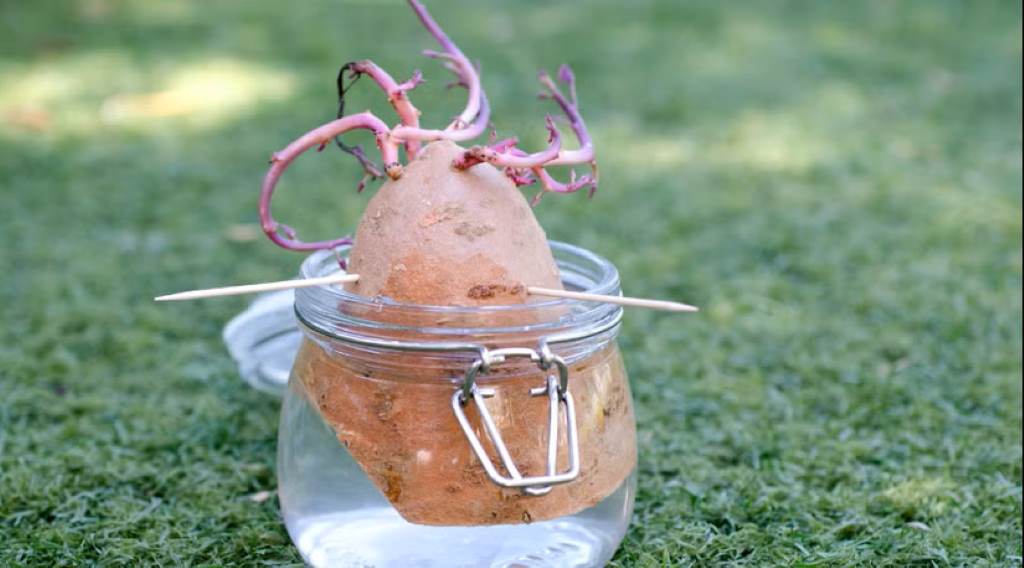How to Regrow Vegetables from Cuttings
Ever tossed vegetable scraps into the compost pile and wished you could give them new life? You can! Regrowing vegetables from cuttings is a simple, sustainable way to grow fresh produce at home. This practice, often called kitchen scrap gardening, transforms root ends, carrot tops, and celery ends into thriving plants. It’s a fun, budget-friendly way to reduce food waste and enjoy organic vegetables. According to the USDA, American households discard about 31% of their food annually, contributing to landfill waste. Regrowing veggies can cut this number while saving you money on your grocery bill. A 2023 study from the University of California found that home gardening can reduce food costs by up to 20%. Ready to start? Let’s explore how to regrow vegetables from cuttings with practical steps and tips.
Why Regrow Vegetables from Cuttings?
Regrowing vegetables from cuttings is more than a gardening trend. It’s a smart way to stretch your food budget, reduce waste, and grow healthy produce. Kitchen scraps like green onions, romaine lettuce, and sweet potatoes can sprout new growth with minimal effort. This method also supports water conservation and sustainable living, addressing concerns like global warming and water pollution. Plus, it’s a rewarding project for beginners and seasoned gardeners alike.
Benefits of Kitchen Scrap Gardening
- Saves Money: Regrow organic produce like garlic chives or Napa cabbage without buying seeds.
- Reduces Waste: Turn food scraps into fresh veggies instead of adding to the compost tumbler.
- Eco-Friendly: Cuts down on organic waste, easing landfill pressure.
- Educational: Teaches kids and adults about plant growth and sustainability.
- Accessible: No garden? Use a sunny windowsill or mason jar for water propagation.
What Vegetables Can You Regrow from Cuttings?
Not all kitchen scraps are equal. Some vegetables regrow easily, while others need specific conditions. Here’s a list of popular options based on their ease and success rate.
Top Vegetables for Regrowing
- Green Onions: Cut the root end and place it in water. New shoots appear in days.
- Romaine Lettuce: Use the base in a shallow dish of water for fresh leaves.
- Celery End: Place the base in water, then transfer to potting soil for a full plant.
- Sweet Potatoes: Submerge a section in water to grow slips for planting.
- Garlic Bulb: Plant a clove in soil for garlic scapes and new bulbs.
- Carrot Tops: Place tops in water for greens, though roots won’t regrow.
- Napa Cabbage: Regrow leaves from the base in water or soil.
- Ginger Root: Plant a piece in soil for fresh ginger shoots.
- Mushroom Stems: Grow new mushrooms in a soil-filled container.
- Beet and Carrot Greens: Place tops in water for edible greens.
Step-by-Step Guide to Regrowing Vegetables

Ready to start your herb garden or veggie patch? Follow these steps to regrow vegetables from cuttings successfully. Each method varies slightly depending on the vegetable, but the principles remain consistent.
1. Choose Healthy Scraps
Select fresh, organic vegetables for the best results. Avoid scraps with mold or rot. For example, pick a firm garlic bulb or vibrant green onion root end. Organic produce often yields better results since it’s free from growth inhibitors.
2. Prepare Your Cuttings
Trim your vegetable scraps carefully. For green onions, cut about 1–2 inches from the root end. For romaine lettuce or celery, use the bottom inch of the stalk. Carrot tops need only the top ½ inch. Clean cuts promote healthy regrowth.
3. Water Propagation Method
Many vegetables regrow in water before moving to soil. Here’s how:
- Place the cutting in a mason jar or small container with 1–2 inches of water.
- Position it in a sunny location, like a windowsill.
- Change the water every 1–2 days to prevent bacteria.
- Watch for new growth, like a carrot sprout or lettuce leaves, within 5–10 days.
Examples: Green onions, celery ends, and romaine lettuce thrive in water propagation.
4. Soil Propagation Method
Some vegetables, like sweet potatoes or ginger root, prefer soil. Follow these steps:
- Fill a soil-filled container with well-draining potting soil.
- Plant the cutting just below the surface. For example, bury a garlic clove tip-up.
- Water lightly and place in a sunny location.
- Keep soil moist but not soggy to avoid rot.
Examples: Garlic bulbs, ginger root, and sweet potato slips work well in soil.
5. Monitor and Maintain Growth
Check your cuttings daily. Ensure they get 6–8 hours of sunlight. For water propagation, refresh water regularly. For soil, maintain consistent moisture. Once roots or shoots appear, transfer water-grown cuttings to soil for long-term growth.
6. Harvest and Enjoy
Harvest when your veggies reach the desired size. Green onions are ready in 2–3 weeks, while sweet potatoes take months. Cut outer leaves or stems to encourage regrowth, leaving the core intact.
Tips for Successful Regrowth
Want to boost your success rate? These tips, drawn from gardening experts and home experiments, ensure thriving plants.
- Use Organic Scraps: Non-organic produce may have chemicals that hinder growth.
- Test Germination: For root crops like potatoes, test sprouting in water before planting.
- Avoid Overwatering: Too much water rots cuttings. Keep soil moist, not drenched.
- Choose the Right Container: Mason jars work for water propagation; pots suit soil.
- Patience Pays Off: Some veggies, like ginger, take weeks to show growth.
- Experiment with Variety: Try regrowing mushroom stems or avocado pits for fun.
Common Challenges and Solutions
Regrowing vegetables isn’t foolproof. Here are common issues and how to fix them.
- No Growth: Ensure enough sunlight and fresh water. Check for rot or mold.
- Rotting Cuttings: Change water daily or improve soil drainage.
- Weak Sprouts: Move to a sunnier spot or add hydroponic fertilizer for nutrients.
- Pests: Inspect for bugs and use natural repellents like neem oil.
Advanced Techniques for Regrowing Vegetables
Ready to level up? These advanced methods take your kitchen scrap gardening to new heights.
Hydroponic Systems
Hydroponics uses nutrient-rich water instead of soil. Set up a simple system with a pump and reservoir for faster growth. Celery and lettuce thrive in hydroponics.
Compost Integration
Mix vegetable scraps with a compost pile or tumbler to enrich soil. Use this compost to plant root crops like sweet potatoes or beets for healthier plants.
Stem Cutting Propagation
For herbs like basil, take a 4-inch stem cutting and place it in water. Once roots form, transfer to soil for a thriving herb garden.
Seed Propagation from Scraps
Some scraps, like organic strawberries, yield salvaged seeds. Dry the seeds, test germination, and plant in soil for new plants.
Environmental Impact of Regrowing Vegetables
Regrowing veggies aligns with sustainable living. It reduces food waste, conserves water, and lowers your carbon footprint. According to the EPA, food waste contributes 8% of global greenhouse gas emissions. By regrowing kitchen compost scraps, you help combat global warming and promote healthier ecosystems. Additionally, growing your own food reduces reliance on store-bought produce, which is often associated with water pollution from industrial farming. Consider using these essential supplies for container gardening.
Fun Facts About Regrowing Vegetables
- Green onions can regrow up to five times from the same root end.
- Sweet potato slips can produce pounds of potatoes from one cutting.
- Garlic chives, grown from a single clove, add flavor to dishes year-round.
- A 2022 study from Cornell University found that home gardening boosts mental health by 30%.
FAQs
How Long Does It Take to Regrow Vegetables from Cuttings?
It depends on the vegetable. Green onions sprout in 5–7 days, while sweet potatoes take 2–3 months. Most leafy greens regrow leaves in 1–2 weeks.
Can I Regrow Vegetables Without Soil?
Yes, water propagation works for green onions, lettuce, and celery. Use a mason jar with water and a sunny windowsill. Transfer to soil for long-term growth.
What Vegetables Are Hardest to Regrow?
Root crops like carrots and beets don’t regrow full roots, only greens. Avocado pits are tricky, requiring precise conditions to sprout.
Do I Need Special Equipment to Regrow Vegetables?
No, a mason jar, potting soil, or small container works. Hydroponic systems are optional for advanced growers but not necessary.
How Do I Prevent Mold on My Cuttings?
Change water daily for water propagation. Ensure good drainage in soil. Avoid overwatering and keep cuttings in a well-ventilated spot.
Conclusion
Regrowing vegetables from cuttings is a simple, rewarding way to grow fresh produce at home. From green onions to sweet potatoes, kitchen scraps can transform into thriving plants with minimal effort. You save money, reduce food waste, and enjoy organic vegetables. Whether you use water propagation or soil, a sunny windowsill or hydroponic system, the process is accessible to everyone. Start today by grabbing a celery end or garlic bulb and watch your garden grow. Share your progress in the comments or try a new veggie scrap this week!
References
- USDA Food Waste Report: https://www.usda.gov/foodwaste
- University of California Gardening Study: https://ucanr.edu/sites/gardenweb/
- EPA Greenhouse Gas Emissions: https://www.epa.gov/ghgemissions
- Cornell University Mental Health Study: https://www.cornell.edu/research/














Post Comment